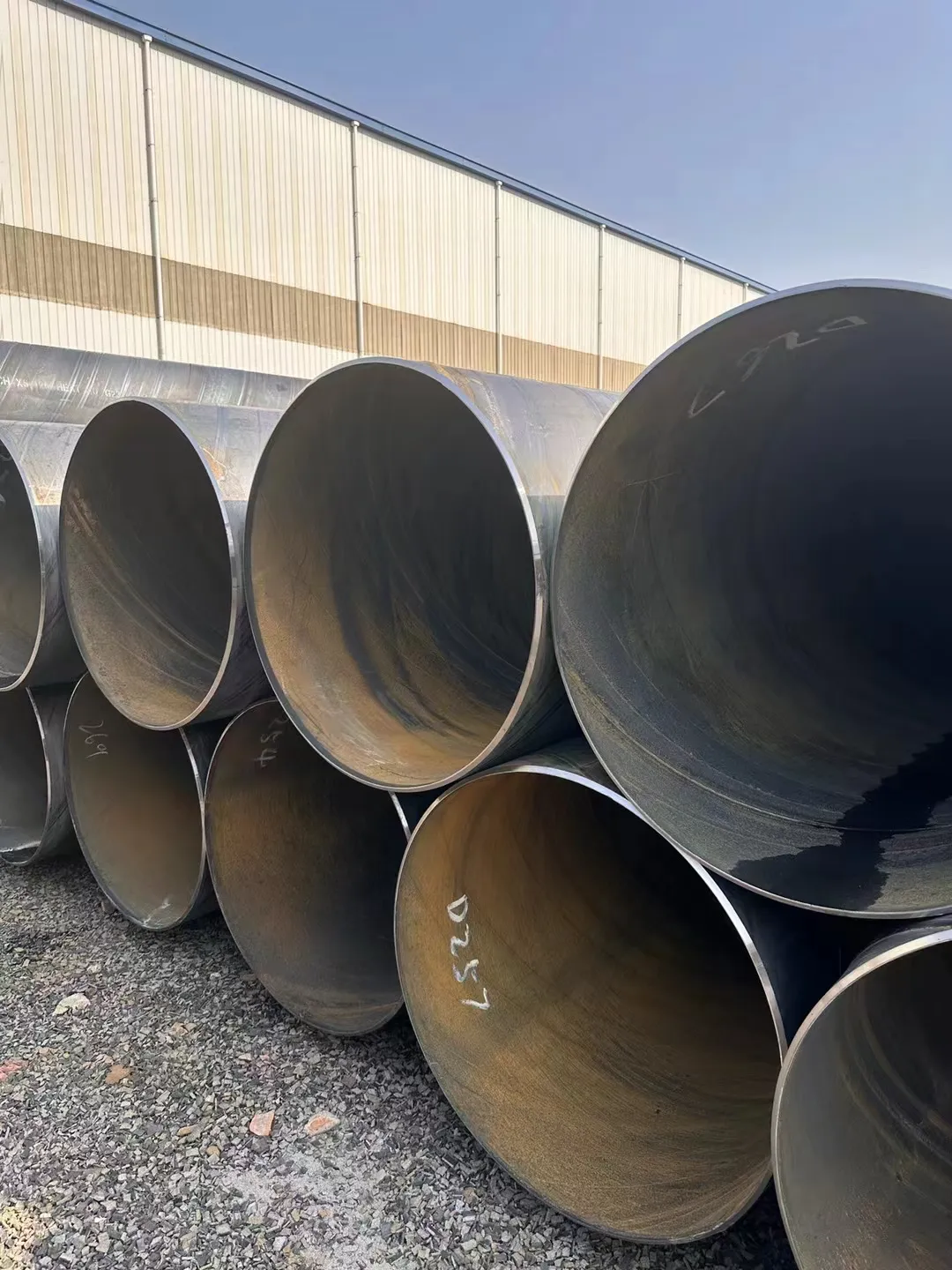-
Cangzhou Yulong Steel Co., Ltd.
-
Phone:
+86 13303177267 -
Email:
admin@ylsteelfittings.com
- English
- Arabic
- Italian
- Spanish
- Portuguese
- German
- kazakh
- Persian
- Greek
- French
- Russian
- Polish
- Thai
- Indonesian
- Vietnamese
- Zulu
- Korean
- Uzbek
- Hindi
- Serbian
- Malay
- Ukrainian
- Gujarati
- Haitian Creole
- hausa
- hawaiian
- Hebrew
- Miao
- Hungarian
- Icelandic
- igbo
- irish
- Japanese
- Javanese
- Kannada
- Khmer
- Rwandese
- Afrikaans
- Albanian
- Amharic
- Armenian
- Azerbaijani
- Basque
- Belarusian
- Bengali
- Bosnian
- Bulgarian
- Catalan
- Cebuano
- China
- China (Taiwan)
- Corsican
- Croatian
- Czech
- Danish
- Esperanto
- Estonian
- Finnish
- Frisian
- Galician
- Georgian
- Kurdish
- Kyrgyz
- Lao
- Latin
- Latvian
- Lithuanian
- Luxembourgish
- Macedonian
- Malgashi
- Malayalam
- Maltese
- Maori
- Marathi
- Mongolian
- Myanmar
- Nepali
- Norwegian
- Norwegian
- Occitan
- Pashto
- Dutch
- Punjabi
- Romanian
- Samoan
- Scottish Gaelic
- Sesotho
- Shona
- Sindhi
- Sinhala
- Slovak
- Slovenian
- Somali
- Sundanese
- Swahili
- Swedish
- Tagalog
- Tajik
- Tamil
- Tatar
- Telugu
- Turkish
- Turkmen
- Urdu
- Uighur
- Welsh
- Bantu
- Yiddish
- Yoruba

Nov . 18, 2024 04:05 Back to list
concentric reducer socket weld
Understanding Concentric Reducer Socket Welds A Comprehensive Overview
In the world of piping systems, particularly within industries such as oil and gas, chemical processing, and water treatment, the integrity and efficiency of connections between pipes are paramount. One of the key components that facilitate these connections is the concentric reducer socket weld. This article aims to provide insight into what concentric reducers are, their applications, advantages, and the best practices for their use in socket welding.
What is a Concentric Reducer?
A concentric reducer is a type of fitting that is used to connect two pipes of different diameters. Its design features a gradual change in diameter, maintaining a central axis line, which allows for a smooth flow of fluids through the pipeline. The term concentric refers to the fact that both ends of the reducer share a common center. This design not only minimizes turbulence but also reduces the risk of cavitation or erosion within the pipeline system.
Socket Welding Explained
Socket welding is a process where a pipe or fitting is inserted into a recessed area of another fitting and then welded around the joint. This type of welding is particularly useful for high-pressure piping systems, as it creates a strong and durable connection that can withstand significant stress and pressure variations. Socket welds are almost universally accepted in various industrial applications due to their reliability.
Applications of Concentric Reducers
Concentric reducers are commonly utilized in multiple industries, including
1. Oil and Gas In facilities where gases and liquids are transported under high pressure, concentric reducers help manage changes in flow rates and pressures.
2. Chemical Processing These reducers are used in chemical plants to connect pipes of different diameters, ensuring the safe and efficient transportation of corrosive substances.
3. Water Treatment In municipal water systems, they play a critical role in facilitating the flow between different pipe sizes, ensuring optimal water distribution.
Advantages of Using Concentric Reducers
concentric reducer socket weld

1. Efficient Flow Management The smooth transition provided by concentric reducers minimizes turbulence and pressure drop, ensuring efficient flow within the system.
2. High Strength and Durability Socket welds create robust connections that can withstand high pressures and temperatures, making them ideal for demanding industrial applications.
3. Ease of Installation Concentric reducers can be easily installed using socket welding techniques, which saves time and reduces labor costs.
4. Versatility Available in various materials such as stainless steel, carbon steel, and PVC, concentric reducers can be used in a multitude of environments, accommodating different chemical properties and temperature ranges.
Best Practices for Using Concentric Reducers in Socket Welding
To ensure optimal performance and longevity of piping systems that incorporate concentric reducers, several best practices should be adhered to
1. Quality Inspection Prior to installation, it is crucial to inspect the concentric reducer for any manufacturing defects that may compromise the integrity of the weld.
2. Correct Alignment Ensuring that the reducer is properly aligned with the pipe is essential for achieving a strong, leak-free weld.
3. Temperature Control The welding process should maintain the appropriate temperature to avoid overheating, which can weaken the material.
4. Post-Weld Inspection After welding, it is important to conduct thorough inspections, including non-destructive testing, to verify the quality of the joint.
5. Maintaining Cleanliness The surfaces to be welded should be thoroughly cleaned to remove any contaminants, such as oils and dust, which could affect the quality of the weld.
Conclusion
Concentric reducer socket welds are fundamental components within various piping systems, allowing for efficient flow management and strong connections between pipes of differing diameters. Their application across numerous industries highlights their versatility and importance. By adhering to best practices during installation and maintenance, engineers and technicians can ensure the long-term efficacy and safety of their piping systems. Understanding these components is essential for anyone involved in the design, installation, or maintenance of industrial piping systems.
Latest news
-
ANSI 150P SS304 SO FLANGE
NewsFeb.14,2025
-
ASTM A333GR6 STEEL PIPE
NewsJan.20,2025
-
ANSI B16.5 WELDING NECK FLANGE
NewsJan.15,2026
-
ANSI B16.5 SLIP-ON FLANGE
NewsApr.19,2024
-
SABS 1123 FLANGE
NewsJan.15,2025
-
DIN86044 PLATE FLANGE
NewsApr.19,2024
-
DIN2527 BLIND FLANGE
NewsApr.12,2024
-
JIS B2311 Butt-Welding Fittings LR/SR 45°/90° /180°Seamless/Weld
NewsApr.23,2024











